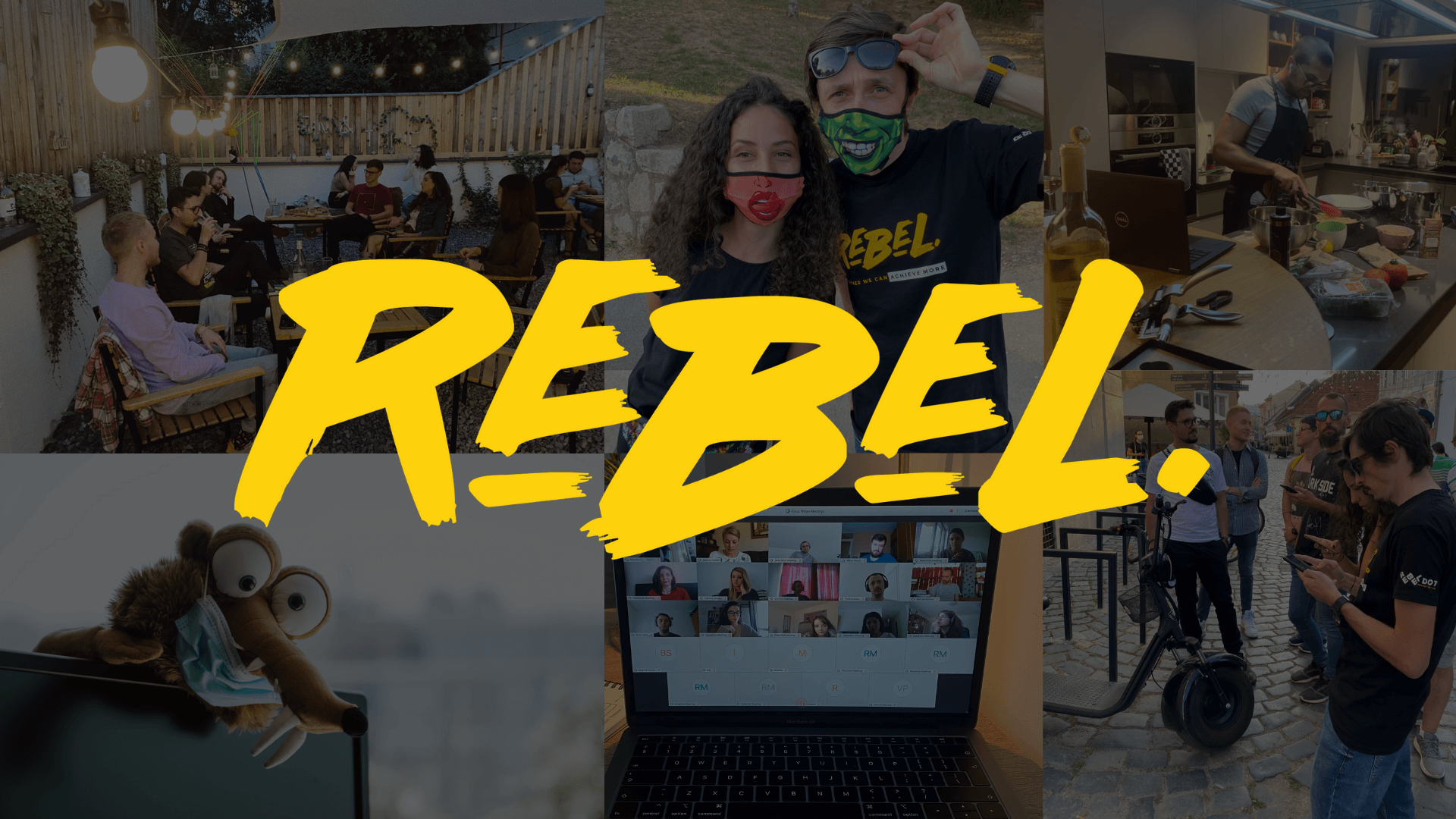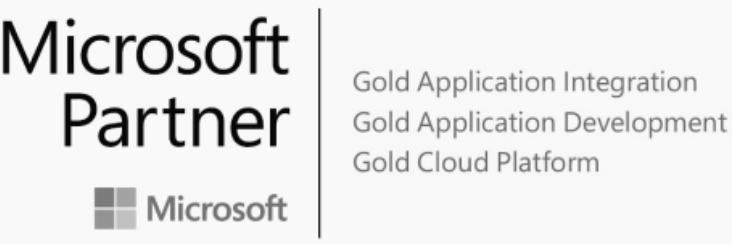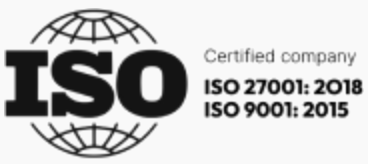I have recently onboarded RebelDot as a Marketing & Communications Specialist, without having any previous experience of working within an Agile organization.
In fact, prior to starting working here, I thought Agile only applies to software development teams.
It came as a surprise when I found out that here, Agile is the norm — a method universally available to both software development teams and other departments existent in the company. It fascinated me how every agile principle in the manifesto has, somehow, found its applicability outside the development scene, deep into the day to day ways of running a company, of now, 73 people.
In this article, I will refer to some of the Agile Manifesto principles, describing how I perceived them to transcend the software development scene and be reflected in the overall company culture.
Our highest priority is to satisfy the customer through early and continuous delivery of valuable software.
In my situation, the customer was RebelDot, having to deliver constant marketing material that i’ll describe as content in various formats, for the sake of this argument.
What did I do exactly to ensure customer satisfaction in this scenario?
I have understood that crucial to delivering a valuable solution is to listen to the customer and strive to unravel every insight in the information he shares with you.
Collaborating with other departments such as Sales or People and Culture, I have also observed that questions were constantly addressed and that there was no room for superficiality in the way we listened as well as understood eachother. I was somewhat relieved to see that indeed, communication is key and that we were even encouraged to ask the dumbest questions if that was how we got the information right.
Welcome changing requirements, even late in development. Agile processes harness change for the customer’s competitive advantage.
There’s no point in mentioning the dynamic aspect of the marketing team. It is common sense that marketers have to cultivate a sense of urgency and attention to detail and MOMENTUM, which is why I am no stranger to this principle.
However, perhaps a better example of how everyone has responded to change was adopting a remote/home-first policy after the first week of COVID-19.
You would say that onboarding a company remotely implies missing out the culture, but that was definitely not the case for me. Having numerous initiatives in place, like regular coffee meetings, online games, online cooking nights, or even that Slack channel full of memes made me feel part of an authentic organization, where everyone cares for each other.
Deliver working software frequently, from a couple of weeks to a couple of months, with a preference to the shorter timescale.
Working iteratively and with incremental releases proven to be a trait that is not only specific to the development teams. Often when writing an article or deciding upon a creative campaign, we test them internally by asking for feedback from various people while keeping track of the momentum.
We are not fans of the neverending feedback loop so we try to find a balance between acknowledging feedback from various parties while delivering to a fixed deadline. As for validation from the actual users, we test concepts by, for example, creating either short posts on social media or conversations to see how the public reacts and decide if those topics are worth being developed into more extensive materials.
As a company, we remain open to change, embracing the volatility for the world we live in.
Business people and developers must work together daily throughout the project.
One of the first aspects I noticed in my first two weeks as part of RebelDot was the collective tendency towards transparency and inclusion of other departments in various tasks.
I was personally expecting to have a solid collaboration with the sales department, as marketing and sales have always been intertwined. Still, I was happy to see that I can benefit from the UX people’s skill-set, the People and Culture department’s insights and perspective, and even the software departments’ technical point of view.
As creative as people enjoyed getting to help me fulfil a bunch of marketing tasks, this kind of collaboration is recurrent in every department, no matter the nature of the task.
Build projects around motivated individuals. Give them the environment and support they need, and trust them to get the job done.
Having close friends working in software development, I was familiar with the concept of Scrum Master. I even envied them for being under a close mentorship and having someone to report to on a daily basis, someone that paved their way towards progress, someone that set the box but also encouraged them to think outside of it.
Two weeks into my new role, I was now used to having daily stand-ups, discussing my progress, laying down the tasks for the day, as well as the blockers that hindered my work. I immediately felt the impact of this approach because someone was always there to provide me with feedback, and even more than that, I was trusted to get the job done.
The most efficient and effective method of conveying information to and within a development team is face-to-face conversation.
Since I haven’t really been at the office due to the current regulations, face-to-face conversations are substituted by plenty of online meetings. I know there’s an entire debate around the topic of making your video available, but seeing the person on the other end of the conversation made me feel that touch of humanity, which I know that many of you are missing having been out of the office for so long.
Perhaps simply having an audio call would convey the information too. Still, there’s just something about seeing the person you talk to, something that strengthens the bond between the team members and makes the culture prevalent.
Working software is the primary measure of progress.
Our CEO has a saying “Do not mistake activity for achievement”, and there’s not more to it than that. Each department has its own KPI’s and everyone is encouraged to work smart because, at the end of the day, progress it’s measured by the quality of work and not by the amount of effort.
Agile processes promote sustainable development. The sponsors, developers, and users should be able to maintain a constant pace indefinitely.
Besides the daily stand-ups, once a week, we attend a company meeting where everyone is giving high-level updates on their work and asking for support where necessary.
These meetings aim to provide transparency between departments and ensure that everyone is up to the speed of business, delivering in line with the goals and expectations.
Simplicity–the art of maximizing the amount of work not done–is essential.
I have been guided towards keeping things simple ever since I wrote the first piece of content for RebelDot and failed to communicate the essential message.
Having been used to developing academic articles at the university, I have approached the same type of writing, thinking that I would impress both the audience and my team by utilizing industry-specific jargon. I was wrong but grateful to receive feedback early in the process.
"I didn't have time to write a short letter, so I wrote a long one instead."
Mark Twain
The best architectures, requirements, and designs emerge from self-organizing teams.
Each team is self-organizing and cross-functional. Their leaders’ most important responsibility does not rely on delegating tasks and overseeing (progress) but cultivating a deep sense of trust between the members. This empowers them to coordinate themselves and ensure that goals are achieved without having to be guided on each part of the journey.
Taking their own decisions, members are provided with constructive feedback along the way so as not to be blocked, but to continue benefiting from working at their own pace and in their own style, while conforming to the specific deadlines and targets set.
At regular intervals, the team reflects on how to become more effective, then tunes and adjusts its behavior accordingly.
Lastly, as everyone’s work-load is divided into sprints, perhaps the one weekly meeting we are all excited to have is the Sprint Review meeting. This allows us to glance at the progress we made, map out the obstacles that hindered our efficiency and establish the next goals, and the strategy to act upon them. Being fully transparent with each other makes it easy to acknowledge early in the process the aspects we could have done better.
This benefits the project that we are working on as well as our professional development, establishing a steep route towards growth. Ultimately, what boosts our ambition even harder is the act of tracking and celebrating our progress. We use various Project Management platforms depending on the department, but each of them implies having clear evidence of the weekly tasks and moving them into the “done” column at the sprint review meeting. This might seem like a simple act, but it bears an immense effect in its simplicity.
Conclusion
In the end, after two months of working as part of an Agile organization I’ve got to realize that this methodology transcends well beyond the software development department, yielding a value in all parts of the business.
I have understood that it is not just about working more efficiently, but about ensuring growth and cultivating an ability to self organize. I started to be excited about receiving feedback and eventually realized that there ain’t such a thing as bad or good feedback.
More than that, understanding and practicing each of the previously listed 12 principles, I started to gradually implement them in my day to day life.






